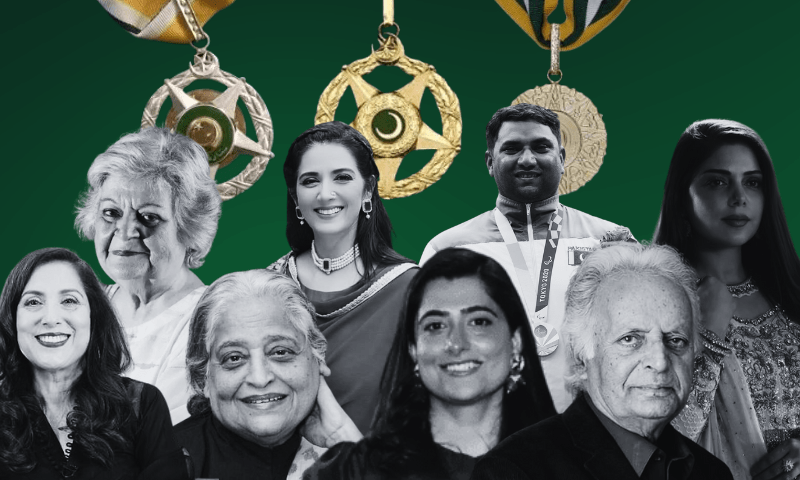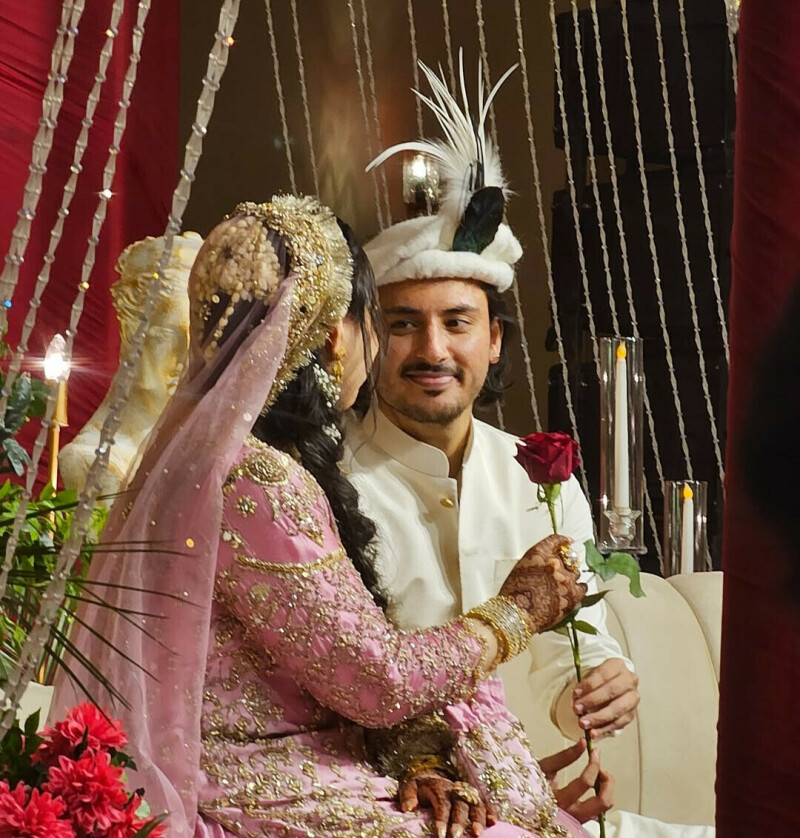What exactly are TRPs and why are TV channels so obsessed with them?
Will Salahuddin and Manahil ever get together? When will Apa ji’s evil ways be revealed? These are just some of the questions that Hira Anwar, senior producer at Hum TV, calls “hooks”, which literally hook the audience’s attention to TV drama serials right till it ends.
“I feel the audience wants to see stories they can relate to. So you have to find that story and create the hook,” says Anwar.

A good hook coupled with big stars and a riveting (some would say bizarre) story will help rake in Television Rating Points (TRPs) for Hum TV. Or so they hope, for at the end of the day producing drama serials remains a notoriously uncertain business.
The ratings game, explained
TRPs are used to judge which programmes are viewed the most. They are calculated based on meters that are installed in certain homes that serve as representative samples. There are 713 meters installed all over Pakistan that represent TV viewership for satellite transmissions.
Based on the meter ‘reading’, TRPs calculate when the households watch television and what they watch on it. In a world where a high number of views translate into high TRPs, which in turn translate into a bigger share of the advertising pie, it is no surprise that channels are forever looking for the ‘right’ kind of content.
In simple terms, the greater the number of eyeballs that watch a show, the greater the number of advertisers who want to flash their product during the serial, the more money the channel makes from that show.

However, what qualifies as the ‘right content’ varies and depends on which side of the drama serial production equation you are sitting on.
Raamis Tanveer Ahmed, head of content at Ironline Productions, gives the perspective of production houses which create content for channels.
“Channels like projects that show a roti dhoti aurat [a woman who cries and has a wretched life]. For instance, recently we sent four stories to a channel for approval. The one that got approved was the one that was being written by a big and successful writer and featured a miserable woman."
"In the drama that was approved, the husband was supposed to leave his wife for another woman. The channel told us to make the woman pregnant at the time the man leaves.”
To back up his point, Ahmed goes on to talk about dramas that held much promise but did not work, confirming the precariousness that showbiz is known for and giving an inkling of what works with the audience according to him.
“There was a drama called Kankar in which the woman asks for her rights. It did not do so well despite featuring big stars such as Sanam Baloch and Fahad Mustafa and despite being written by veteran writer Umera Ahmed and produced by a respected production house. The audience could not relate to the female protagonist who becomes empowered.
Ahmed believes that ‘the disempowered woman’ is popular with the audience: “We are told that we have to create stories for 15 to 45-year-old women who are watching the drama serial while cutting onions. These women see themselves as ‘bechari’ [victim] and relate to a bechari protagonist.”
“The same thing happened more recently with Dillagi. The drama features big stars such as Mehwish Hayat and Humayun Saeed and has been written by a famous writer, Faiza Iftikhar, but it hasn’t done too well. I believe it is because the female protagonist is too self-reliant and practical."
"In contrast, when Kankar was on air, there was a drama serial called Meray Harjai which was running concurrently and was getting a higher rating. It was about two sisters fighting and putting allegations on one another. Even Abroo, which has a typical saas-bahu theme, is doing well against Dillagi even though the cast does not feature big stars. Another drama that received high ratings was Kalmuhi in which a woman was beaten up and her hair was shorn.”
Are channels rejecting meaningful content?
Sarwat Nazir, a writer who has written popular dramas such as Mein Abdul Qadir Hoon, also feels that ratings play a big role when it comes to deciding content because according to her “…off-beat concepts are usually not approved by channels."
Nazir strongly feels that TV channels need to diversify in the issues that they explore on TV.
“Sometimes I want to do an issue-based drama serial, because I really feel strongly about it, but such concepts don’t appeal to channels.” This, despite the fact that one of her most successful drama serials, Mein Abdul Qadir Hoon, was ‘uncommon’ because the protagonist was male and the theme tackled the issues of youth.
Because TRPs have such a decisive impact on content, Nazir feels writers are discouraged by channels from experimentation — such as writing stories that are set in rural areas.
“I would really like to see outdoor rural shots, instead of stories that move from one room to another. Even if I do write an outdoor scene, it doesn’t appear onscreen and I am later told it wasn’t shot because the director didn’t want to make the extra effort.”

Nazir does not believe that there is a formula that can be applied and which will result in high TRPs. “I don’t think the roti dhoti aurat is a formula that works. Mindsets have changed. Dramas that do well are those that are reflective of people’s lives and life is not all about crying. Life is expansive; there are so many different aspects.”
She cites the example of one of her recent drama serials:
“My last drama Sehra Mein Safar did fairly well and it was about a woman who has to work. She doesn’t want to work, but at the end of the day she is a working woman. People related to the drama. In my opinion, people like reality-based dramas.”
Representing the channels’ point of view, Anwar seconds Nazir’s belief, “There is no hard and fast rule when it comes to deciding content. Anything that people can relate to will work.”
In a world that serves as a juncture between business and creativity, TRPs are bound to become a bone of contention for the different players in the drama serial game.
There are those who believe that TRP figures are manipulated or outright concocted. Others, such as Nazir, don’t believe that TRPs are always reflective of what the audience is watching: “I sometimes feel that ratings are based on such a small sample and just a few meters. I am not sure about how representative they are.”
On the other hand, in defence of TRPs, Anwar cites the example of the currently on-air drama Udaari, a serial that faced much controversy for tackling child abuse as one of its themes and which was nearly taken off air by Pemra.
“With Udaari we didn’t just get feedback from TRPs. So many people came up to me personally to tell me that they were watching it. And when the Pemra controversy happened, so many people called me to find out if we were going to air it. So the TRP figures we were getting confirmed the personal feedback I was getting.”
Ask her if ratings are important and Anwar gives a self assured reply, “Of course. When you are in school, you give an exam. The result of the exam is important. Grades are important. Similarly you can say that our ratings are our grades. It is because of ratings that we get ads and sponsorships.”
Originally published in Dawn, Sunday Magazine, June 26th, 2016













Comments